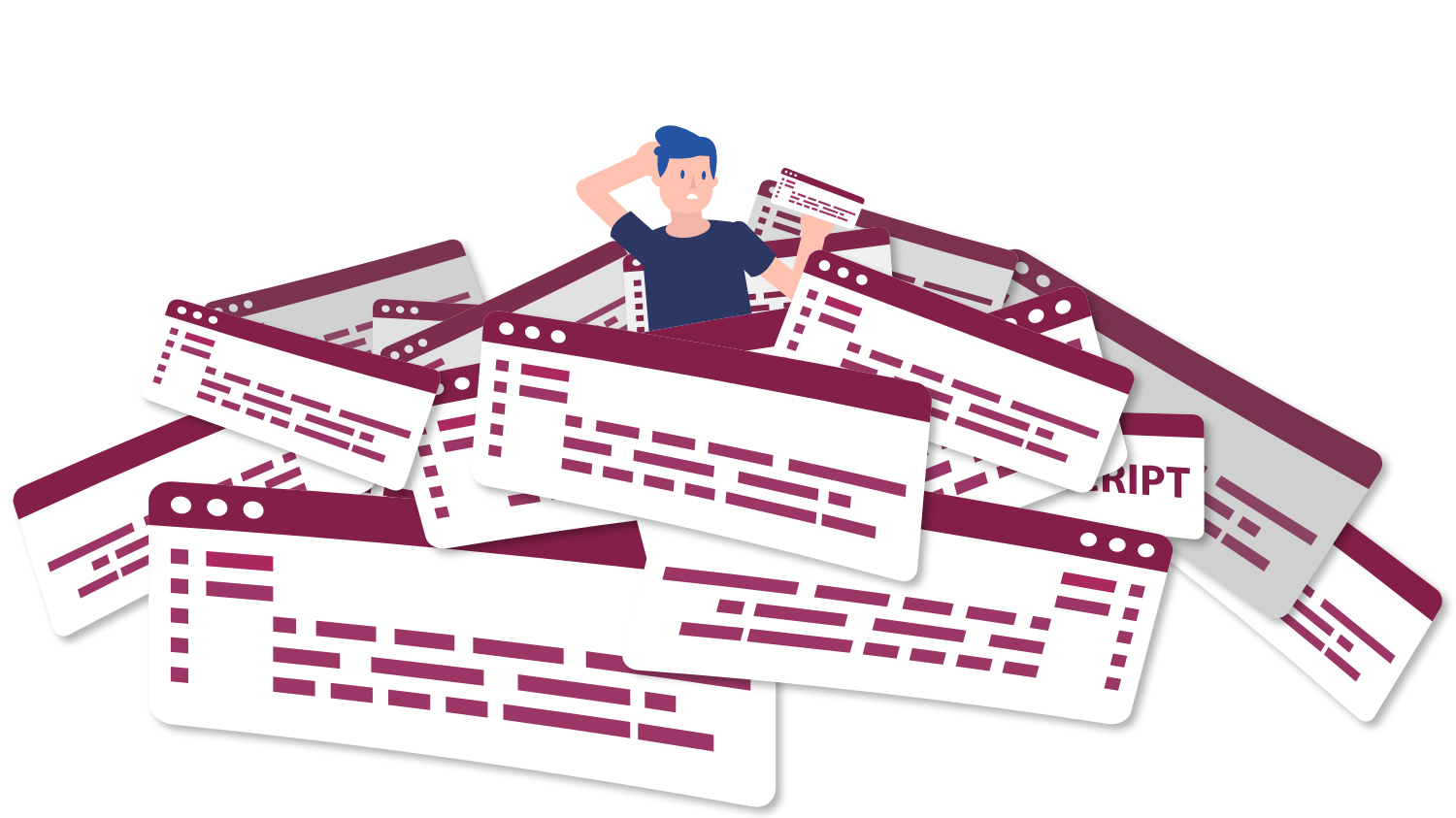How do I write instructions that don’t rely on sensory characteristics?
Question
Answer
In the Web Content Accessibility Guidelines, sensory characteristics refer to details that can be perceived only through a specific sense, such as sight or hearing.
Sensory characteristics can provide valuable cues for certain users to locate and identify a particular component. But when instructions rely on only sensory details, this can create barriers for others.
For example:
- “Click the circular green button” relies on visual information (shape and color) to identify the component.
- “Complete the form on the right” also relies on visual information (position).
Users who cannot perceive or interpret the visual details don’t have enough information to confidently locate the component being described.
Remediation Strategy
To address this issue, also include text that is associated with the component, such as its accessible name or a related heading.
For example:
- “Click the green ‘Save’ button” includes details to identify the button using its color (sensory) or the text in its name (non-sensory).
- “Complete the ‘Contact’ form on the right” includes details to locate the form using its position (sensory) or related text (non-sensory).
Users can locate the component using either piece of information, or both.
Text is not considered a sensory characteristic because it can be rendered for different senses by user agents (such as web browsers) and assistive technology. Users can perceive text in ways that best suit their needs: visually in the browser, audibly as an announcement from a text reader or screen reader, or via touch in a refreshable Braille display.
Sensory characteristics are one of several factors to consider when guiding users through web interactions. For a deeper dive, explore the course Forms: Labels, Cues, and Errors from Accessible Web Academy.


